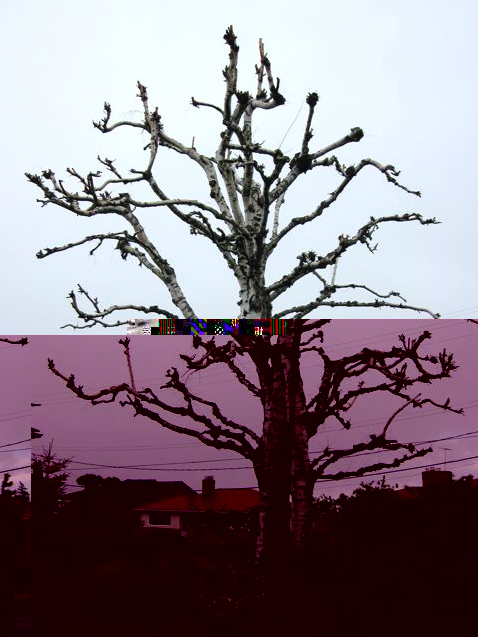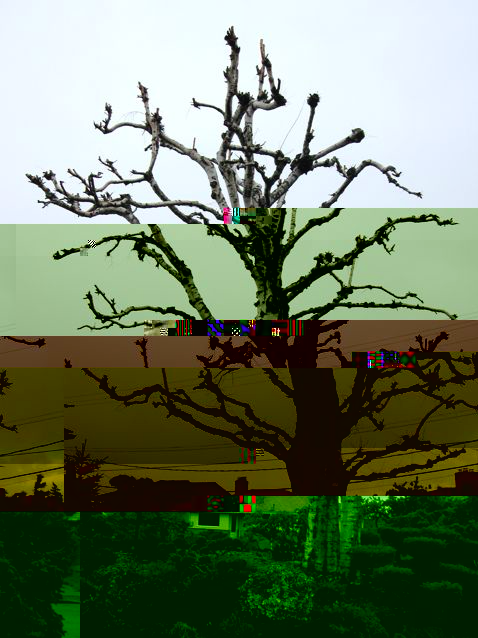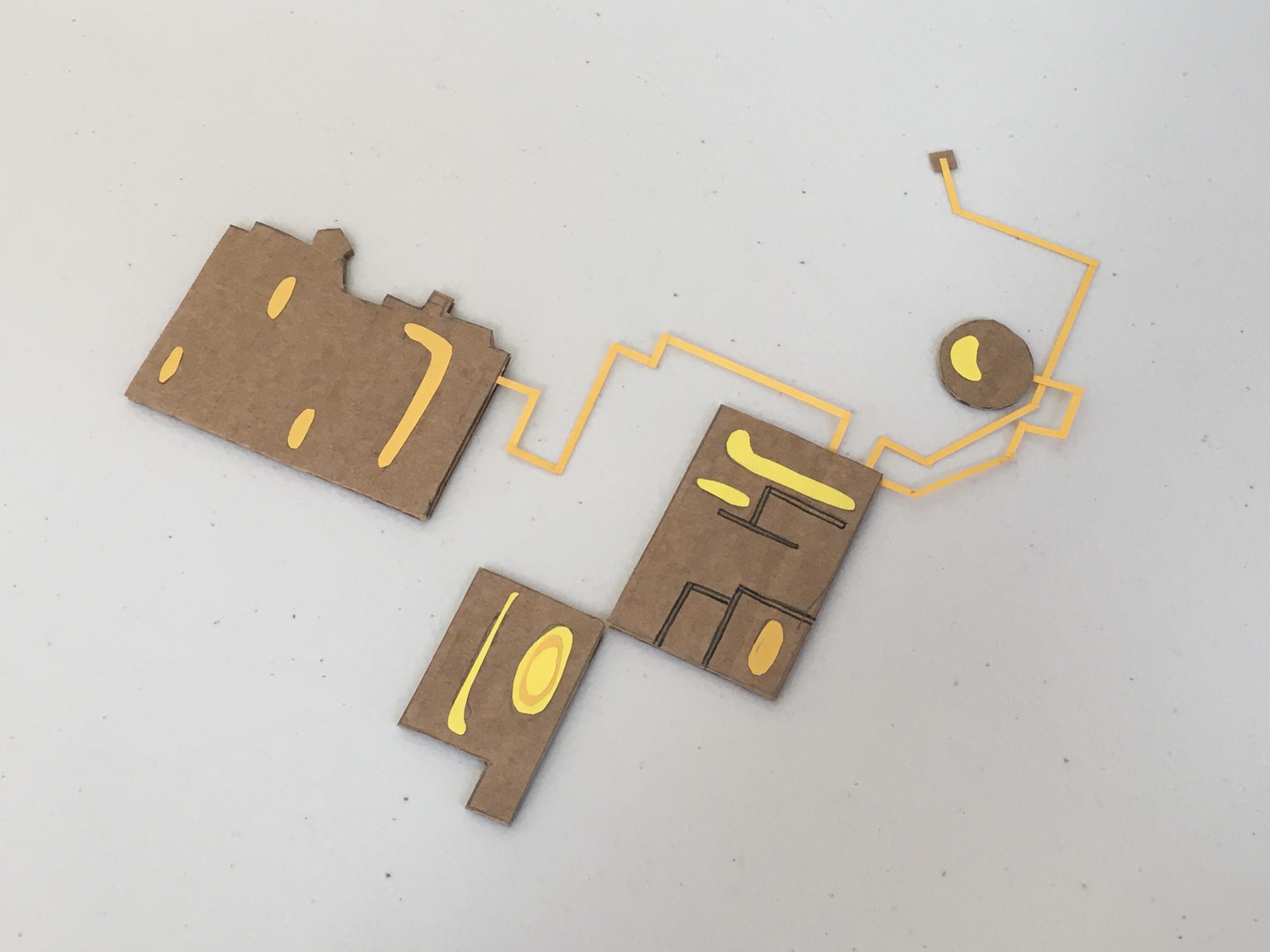Glitch Art
My introduction to machine-guided art involved the process of “glitching” images by manipulating their code to the point of indistinguishability. To work in collaboration with a machine by going directly against its natural inclinations at first struck me as antithetical to most methods of creating traditional art, before I realized that artists misuse materials all the time to come up with desired or unexpected results. In addition, this assignment sticks in my mind as the first and perhaps best example of an art form whose success hinges on giving up as much artistic control as possible.
I had had no experience with code in the past—how to read it, how to write it, how to control it. I began timidly, unwilling to go too quickly and permanently corrupt my image. I made miniscule edits that, bit by bit, produced fairly uniform glitching. But in seeking more varied results, I racked my brain for every single form of text transformation I could foist upon the images. The two techniques that I found to generate the most substantial glitches involved removing large portions of code and replacing them with code from other images, and doing a document-wide search for every instance of a particular symbol and replacing it with a different symbol.
Scanners

I regret that my busy schedule at the time cut my scanner experiments short, as I found the level of cooperation between artist and machine demonstrated in this project the most personally satisfying. While glitch art gave me too little control, and drawing machines a bit too much, working with the scanner felt almost analogous to writing structured poetry. The format has a say on the overall visual effect of the final product, but its contents are entirely up to you.
Out of the contents of my pockets, I decided to work with electrician’s tie line, jewelry, and a miniature measuring tape. With all of these items’s varying line qualities and endless potential for movement, I knew that my results would not look the same every time, and what arose from my minimal movements while the scanner did its work yielded a surprisingly tender self-portrait of toughness and sleekness, work and luxury.
Drawing Machine
For my first (light) foray into art based in engineering, I had visions of a walking puppet with stamps on its feet, powered by two crank-like mechanisms. When reality and time constraints hit, I decided to turn my crank into a spirograph-esque machine.
Creating the crank was not so difficult a task. I found a YouTube video with a simple crank on loop, from which I was able to discern parts, and my work in scenic design and puppet construction meant that cardboard construction was already in my wheelhouse. I had a bit of trouble getting the entire wheel to rotate without being blocked by another part of the machinery, but my main difficulty lay in how to contain the paper so that it would not move with the pen. Ultimately I created a shallow box—a tray, really—just big enough to hold an 8½ x 11 sheet of paper, and observed as my makeshift drawing machine created semicircle after semicircle.
(Unfortunately I don’t have photos of my machine, since it still lives in my locker back in Heimbold.)





